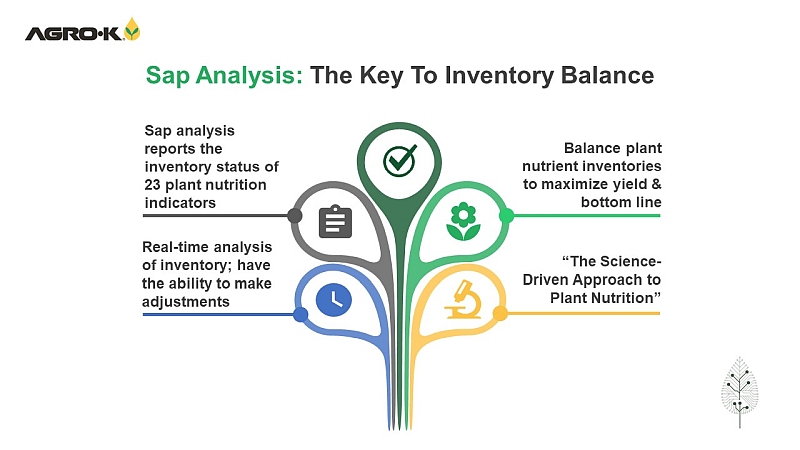Why Dry-on-Vine Demand Is on the Grow for California Raisins
California is a globally important producer of raisins, but acreage has been steadily declining in response to poor returns due, in part, to competition from other raisin-producing countries, especially Turkey. Raisin growers can also grow other more lucrative crops, such as almonds, and competition with other crops has also contributed to the decline in raisin grape acreage.
Mechanization technologies, especially dry-on-vine (DOV), offer the potential for raisin growers to improve their returns, but the initial investment is high. The proportion of mechanized raisin vineyards has increased in recent years, but partly because a higher proportion of traditional vineyards has been removed, as compared to mechanized vineyards.
If California is to remain a significant raisin producer, growers will soon need to develop new DOV raisin vineyards. The development of modern raisin vineyards is costly and may require specialized equipment. To ensure adequate return on investment, high productivity will be essential.
VARIETY COMPARISON
To aid these efforts we compared the performance of several raisin grape varieties — ‘DOVine’, ‘Fiesta’, ‘Selma Pete’, and ‘Thompson Seedless’ — pruned to six or eight 15-node canes for production of dry-on-vine raisins on an overhead arbor trellis.
‘Fiesta’ produced the highest yields, averaging about 5.4 tons of raisins per acre. However, ‘Fiesta’ generally had the lowest soluble solids and was among the lowest raisin grades. The later ripening of ‘Fiesta’ fruit delayed cane severance to initiate fruit drying compared to the other varieties. Therefore, its raisins sometimes failed to dry sufficiently. ‘Selma Pete’, ‘DOVine’, and ‘Thompson Seedless’ had similar yields, generally about 20% less than ‘Fiesta’, but ‘Selma Pete’ produced fruit that were the largest in size, with the highest soluble solids. That produced raisins of the highest grades compared to the other varieties. Vines pruned to eight canes produced about 10% higher yields without sacrificing raisin quality.
In conclusion, ‘Fiesta’ was notable for its high productivity, and ‘Selma Pete’ for its earliness and high quality, and both varieties had sufficient capacity to carry eight, 15-node canes.
CANE LENGTH
In another study, we determined how cane length affected the yield components of these varieties to further refine pruning decisions. Yield components of ‘Thompson Seedless’ raisin grapes, including the number of clusters per node, cluster and berry weight, and soluble solids per berry, have been shown to follow particular patterns with respect to node position, which has informed pruning practice.
However, dry-on-vine raisins in California are made from varieties that ripen earlier than ‘Thompson Seedless’, and they may have different fruiting characteristics. Therefore, we conducted a study to determine how the number of nodes per cane (15 vs. 20 nodes/cane) and node position affected yield components of DOV raisin grape varieties. Basal nodes produced the fewest clusters due to poorer budbreak and lower fruitfulness. ‘Fiesta’ was the most fruitful variety, followed by ‘Selma Pete’ and then ‘Thompson Seedless’ and ‘DOVine’.
Overall, cluster fresh weight increased, but percent soluble solids (Brix) decreased with node position, regardless of cane length. However, vines produced less fruit from 15-node canes than from 20-node canes, and the fruit from shorter canes had higher soluble solids.
Harvested on the same date, these effects sufficiently countered each other, such that canes of different lengths produced similar amounts of total soluble solids (sugar per cane; fresh fruit weight x percent soluble solids) in two of three years. ‘Fiesta’ produced more fresh fruit and total soluble solids per cane than other varieties.
In California, where early maturity is preferred to ensure adequate drying time, shorter canes may be better than longer ones. However, if cane severance can be delayed, allowing the berries to accumulate more sugar, which might be possible in other growing regions, or when drying emulsion may be used to hasten drying, longer canes could increase raisin yield.











